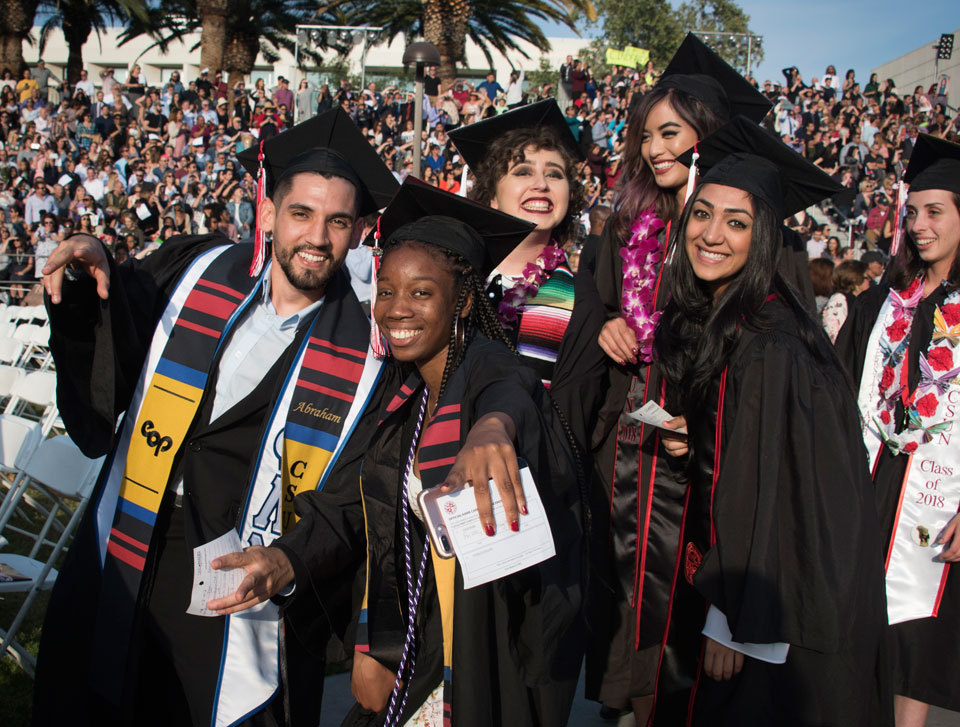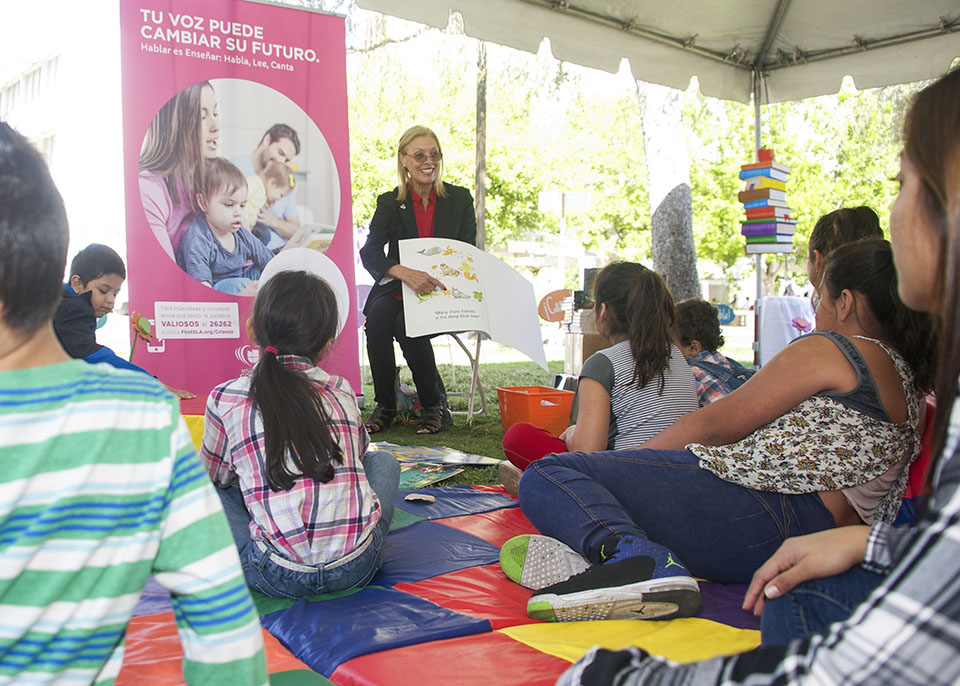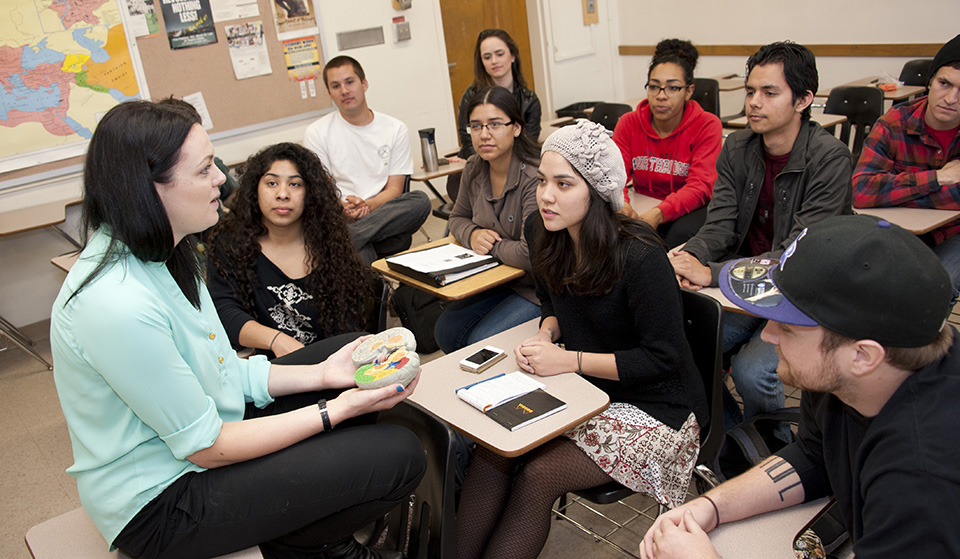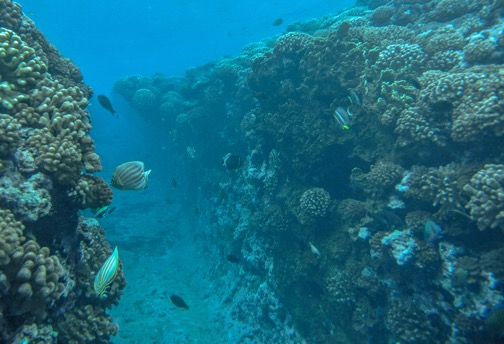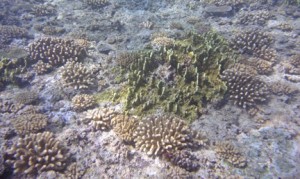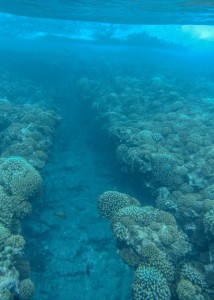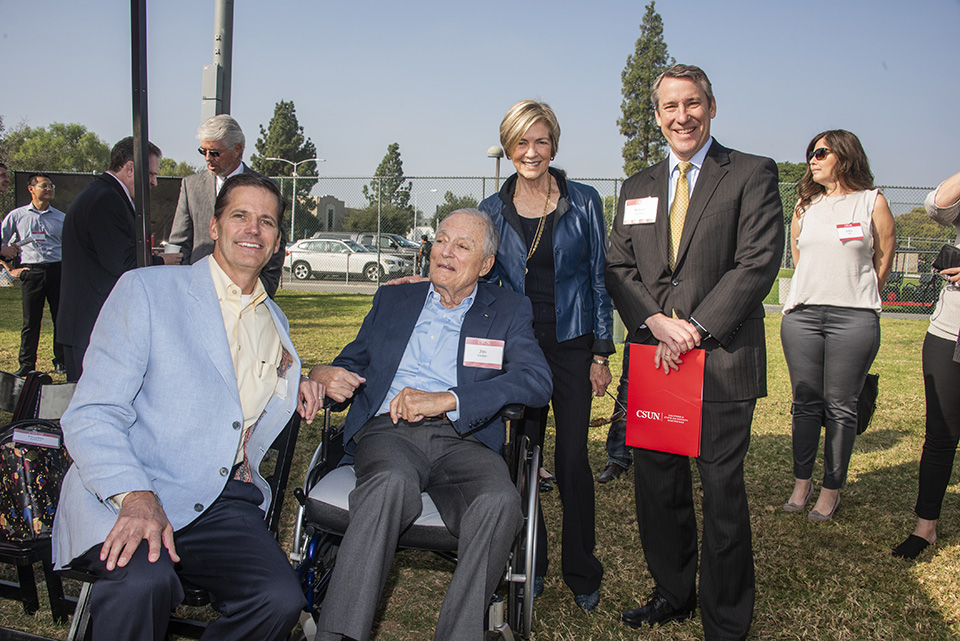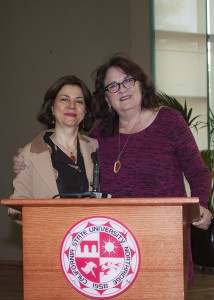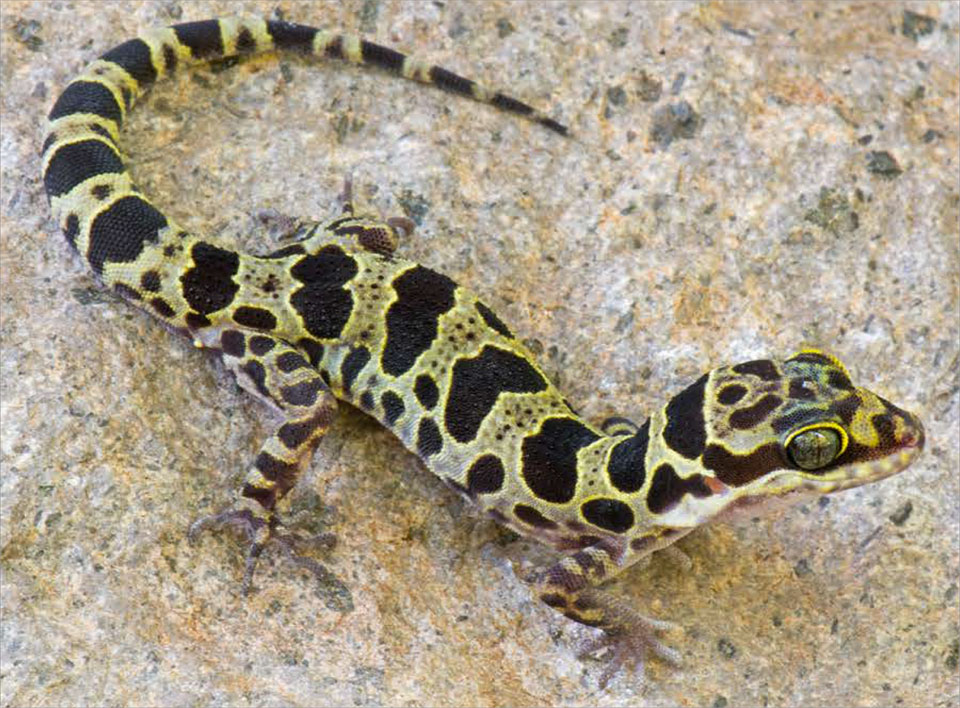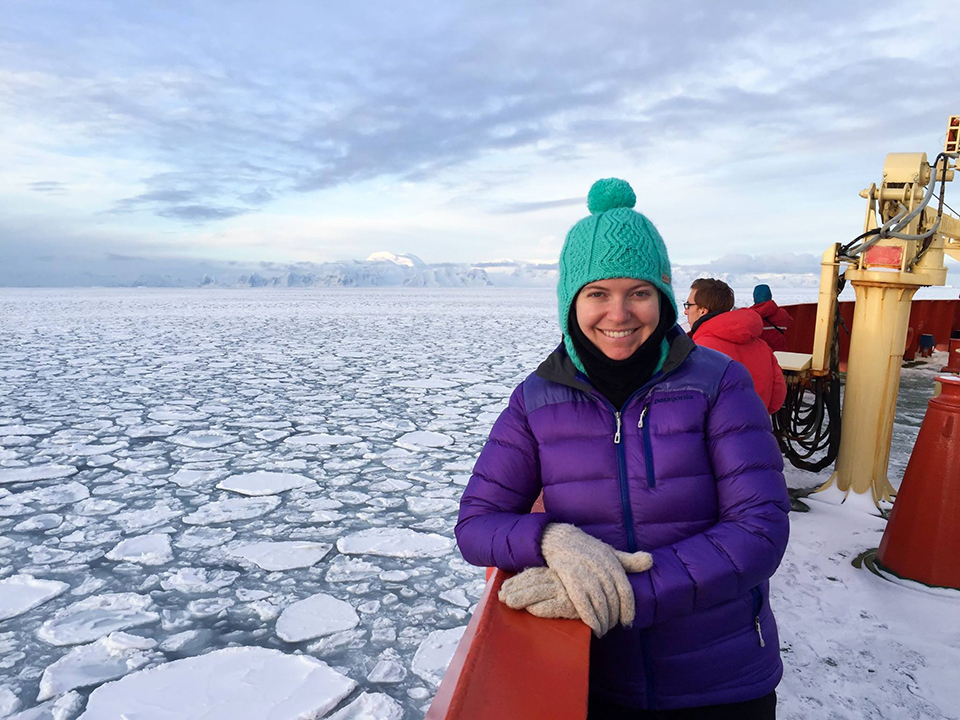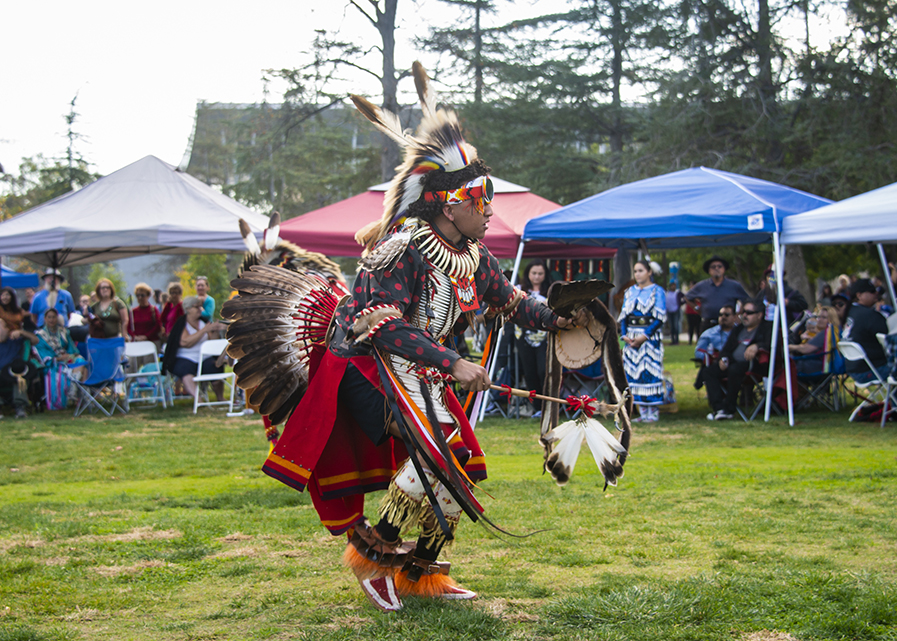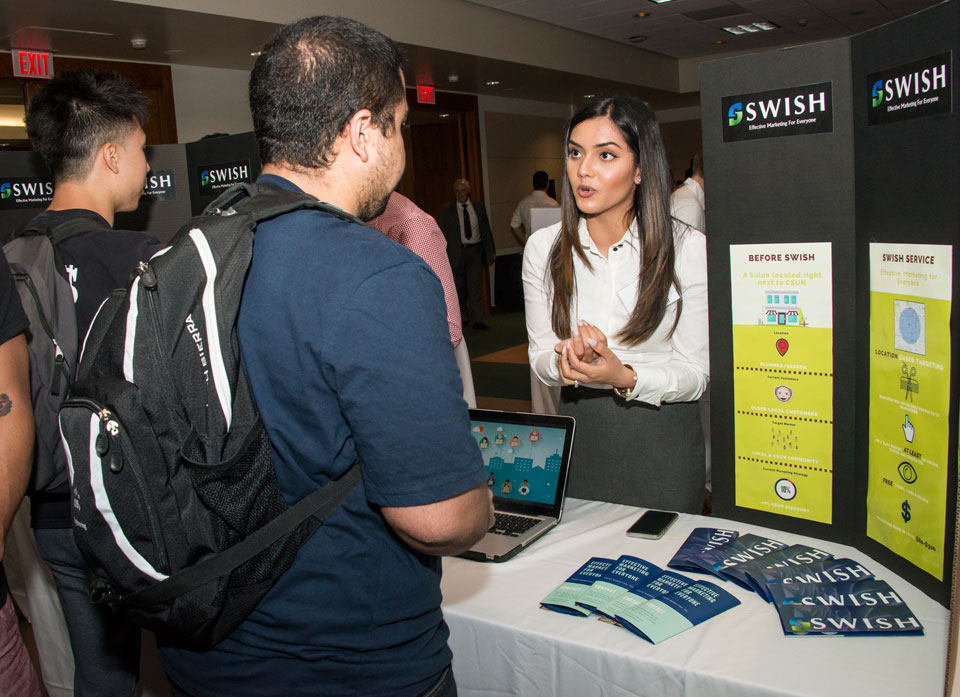

Student entrepreneurs in the David Nazarian College of Business and Economics will soon be using Alexa devices to power their ideas through CSUN’s participation in the inaugural Amazon Alexa Innovation Fellowship program. Photo by Lee Choo.
“Alexa, start my new business venture.”
Although we’re used to asking Amazon’s Alexa for everyday things like playing music or controlling home lighting, student entrepreneurs in the David Nazarian College of Business and Economics at California State University, Northridge will soon be using the devices to power their ideas through CSUN’s participation in the inaugural Amazon Alexa Innovation Fellowship program.
The Alexa Innovation Fellowship aims to help support on-campus entrepreneurial programs through funding, Alexa devices, hardware kits and regular training.These resources are expected to be used for student scholarship and to further support innovation programs, operating costs and sponsorships.
“Participating in the first Alexa Innovation Fellowship is an honor that gives our students, regardless of their background, new opportunities to make their business ideas a reality,” said CSUN President Dianne F. Harrison. “From global leaders visiting campus, to our outstanding business incubator, to the collaborative programs that inspire our students’ creativity, CSUN’s initiatives to enhance innovation and entrepreneurship across campus are being recognized nationally.”
CSUN was recently named an Innovation and Economic Prosperity University by the Association of Public and Land-grant Universities and No. 2 in the greater LA region for producing tech talent by Bixel Exchange.
Tim Tiemann, managing director of the CSUN Innovation Incubator, and Ryan Holbrook, Entrepreneurship Program director for the Nazarian College, were selected as fellows. The Nazarian College is the first business college to receive fellowships under the new program and joins other universities including Carnegie Mellon, Dartmouth and the University of Southern California.
“The Alexa Fellowship will be an important addition to the numerous activities we are undertaking to encourage, pursue and develop an entrepreneurial culture in our college,” said Nazarian College Dean Chandra Subramaniam. “The Alexa Innovation Fellowship provides our students with tools and skills to be creative and drive innovation in the domain of voice-enabled technology.”
Plans for the initial year are to incorporate Alexa into a series of campus events, including a social entrepreneurship workshop focused on solving societal issues through voice technology and Alexa-enabled devices; to expand the I-Corps customer discovery program outside of that program’s STEM funding; to create student entrepreneur teams from diverse disciplines; and to expand the Fast Pitch, Bull Ring and CSUN Summer Accelerator programs to include more voice-activation technology startup teams.
“Where there’s innovation, there’s opportunity,” said Holbrook. “Voice technology, including natural language processing and conversational AI, is one of the most transformative new areas of innovation, and we’re excited to offer our students and faculty the resources to explore new applications and, essentially, help shape the future.”
“Innovation at CSUN is already accelerating at a rapid pace,” added Tiemann. “The Alexa Fellowship allows us to build on existing programs and broaden the type and sophistication of tools the CSUN community has to solve real-world problems. Amazon’s recognition underscores their confidence in CSUN’s ability to bring together the best students, technology and training to provide meaningful improvements to the way we live.”
Amazon and CSUN already work together on campus: CSUN currently uses Alexa in business and information technology (IT) conference rooms and is exploring potential use cases for the technology in educational settings. In addition, many CSUN alumni call Amazon home, including alumnus Steven Rabuchin ’85 (Organizational Systems Management), a vice president for Amazon Alexa who oversees much of its work with third-party developers and device makers.
“The number of alumni in high positions at leading tech companies is an important part of our strategy to help innovation and entrepreneurship flourish,” said Robert Gunsalus, vice president of University Advancement and president of the CSUN Foundation. “We are grateful to Steve for his support in our expanding our relationship with Amazon, which is joining companies like Apple, Microsoft and other tech giants who invest in CSUN and see momentum here on campus.”
